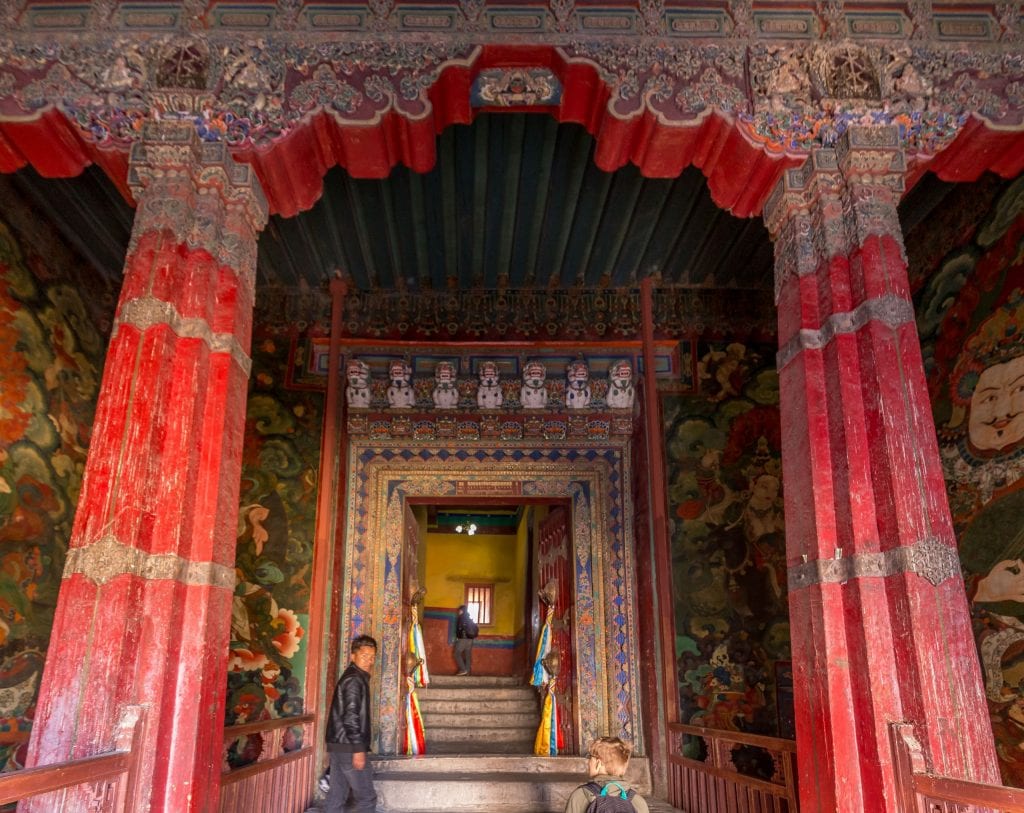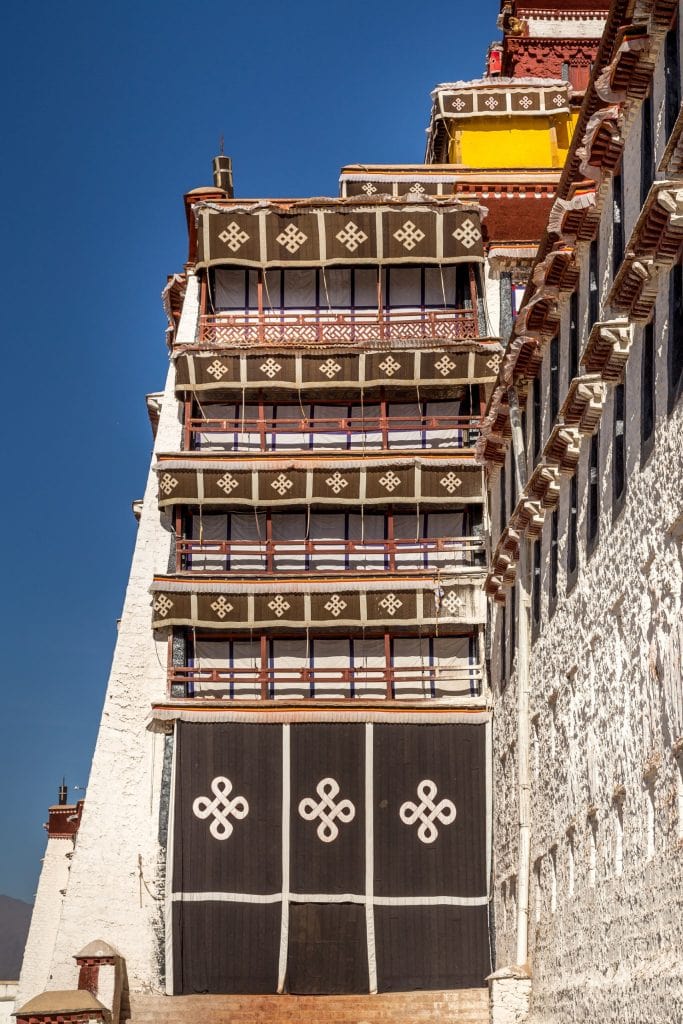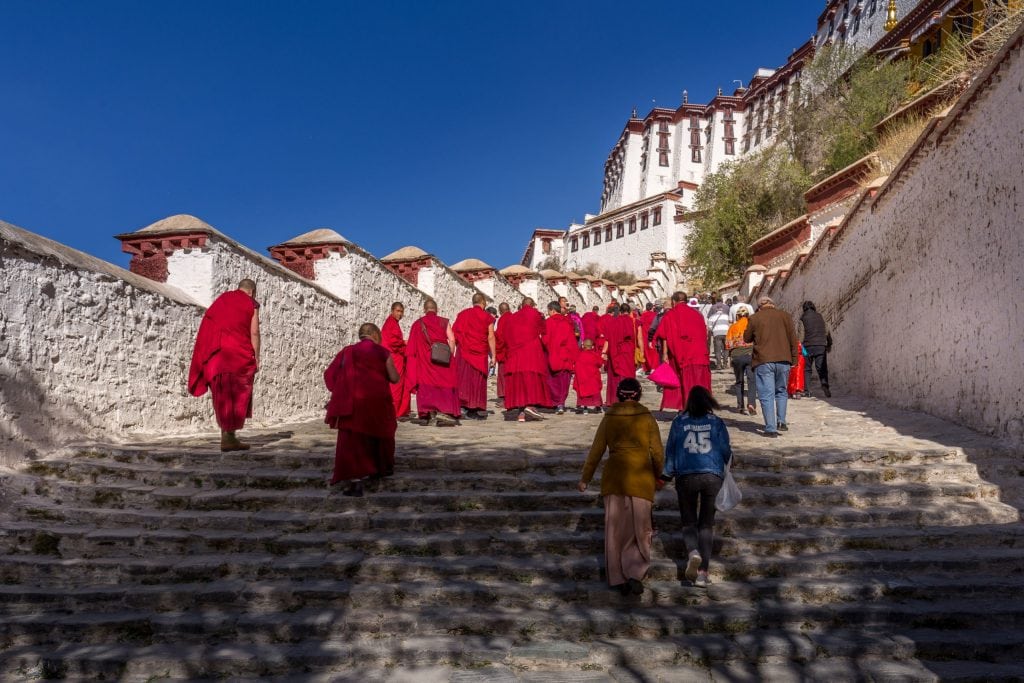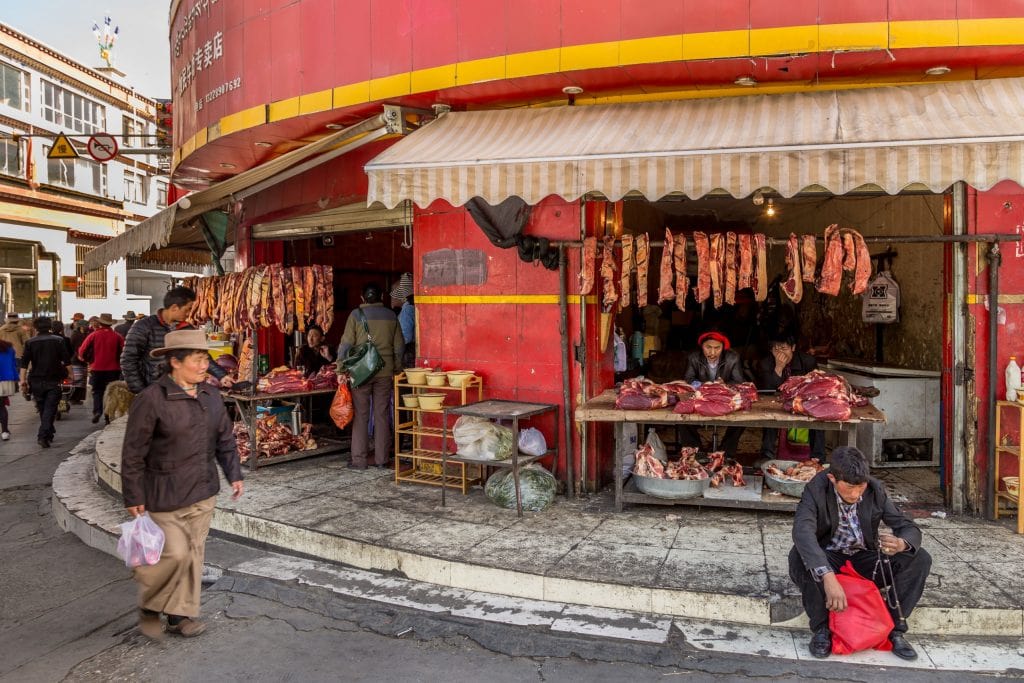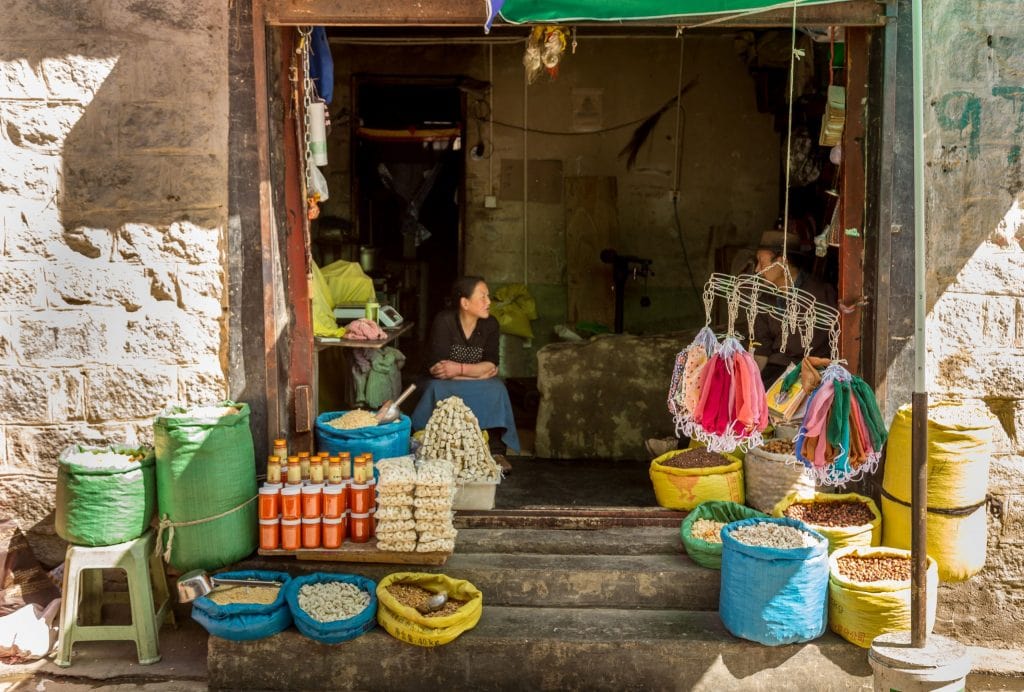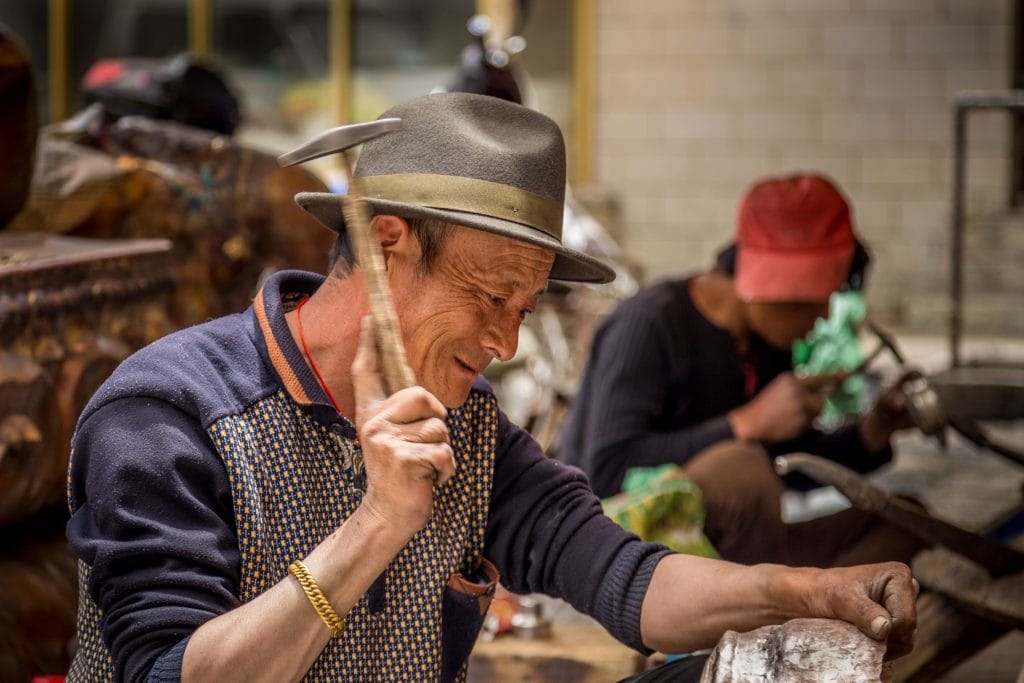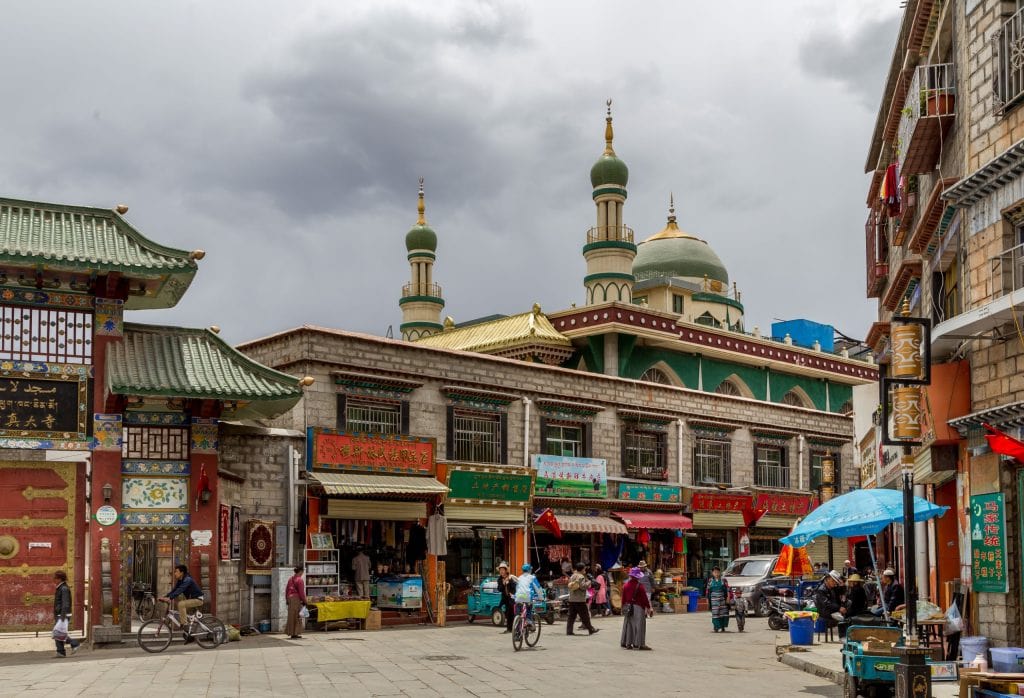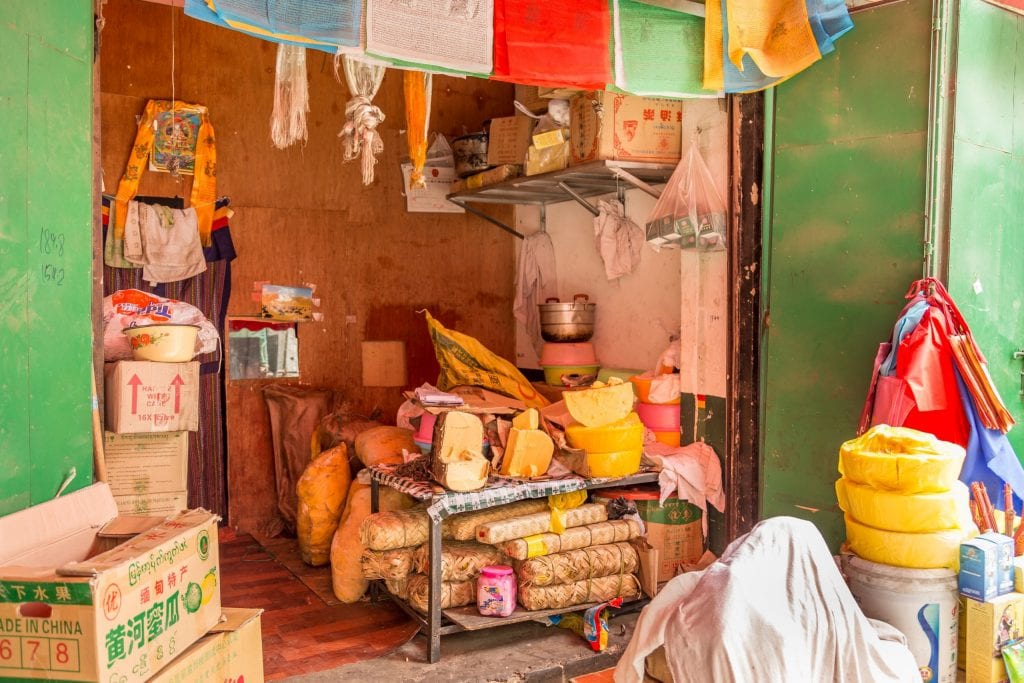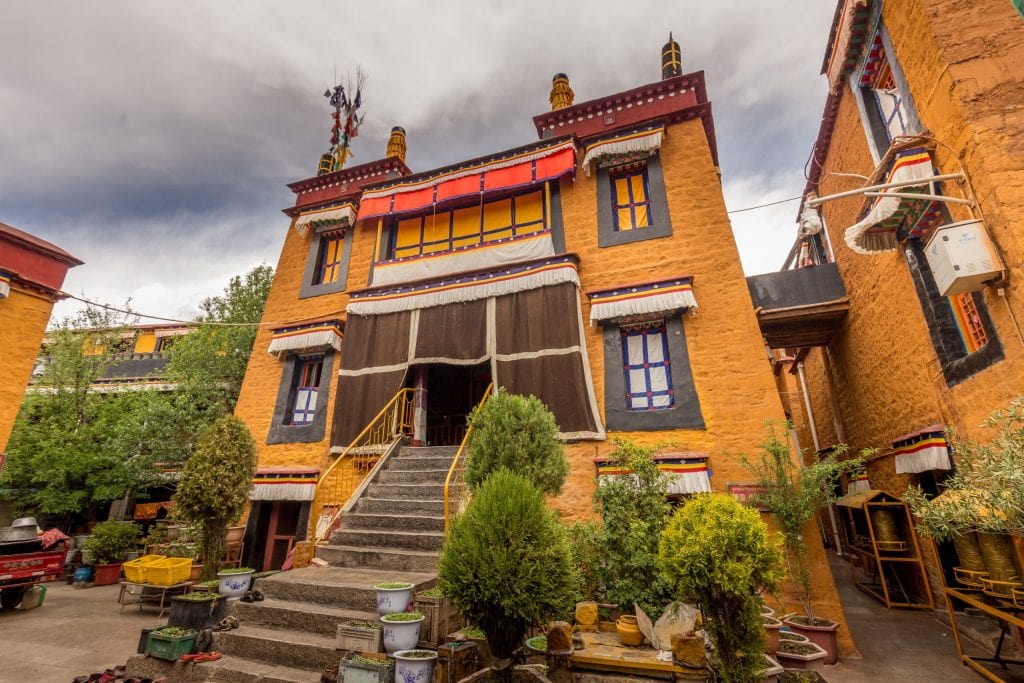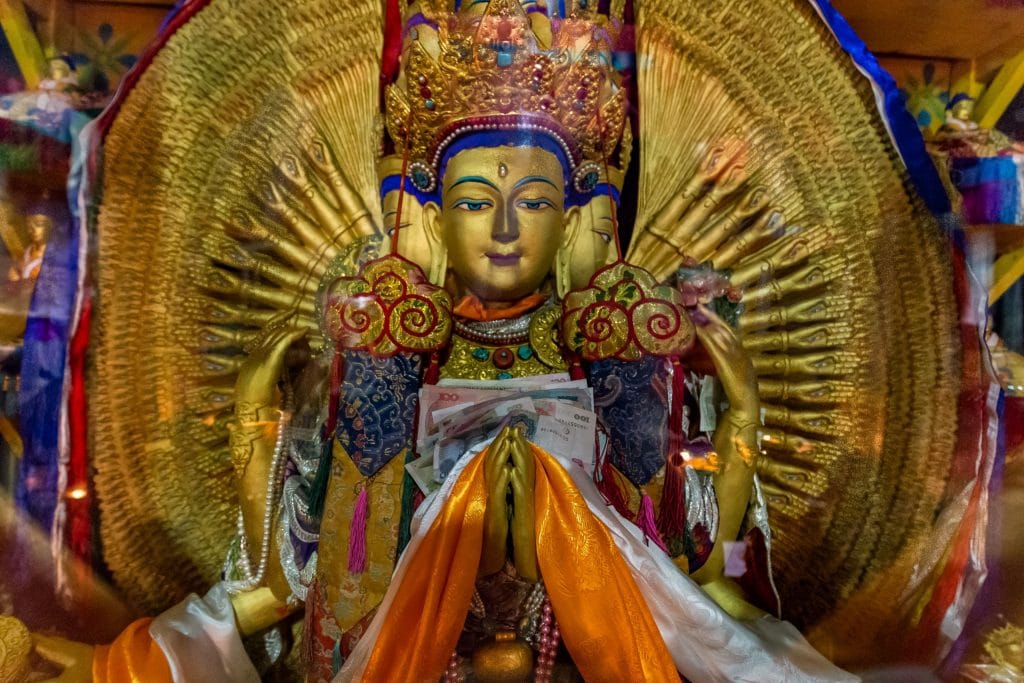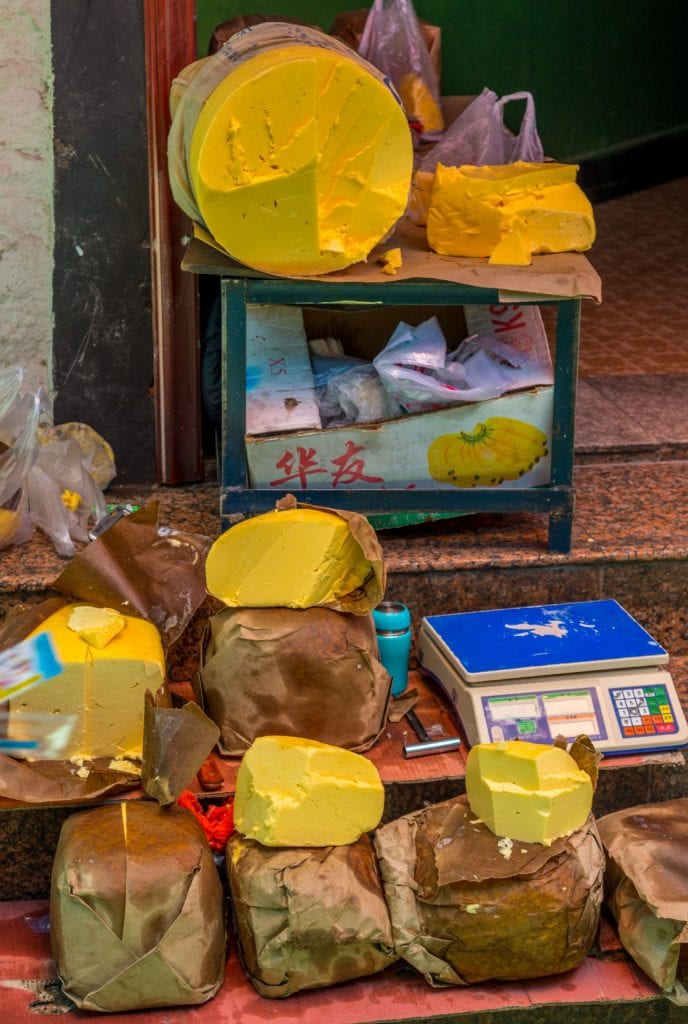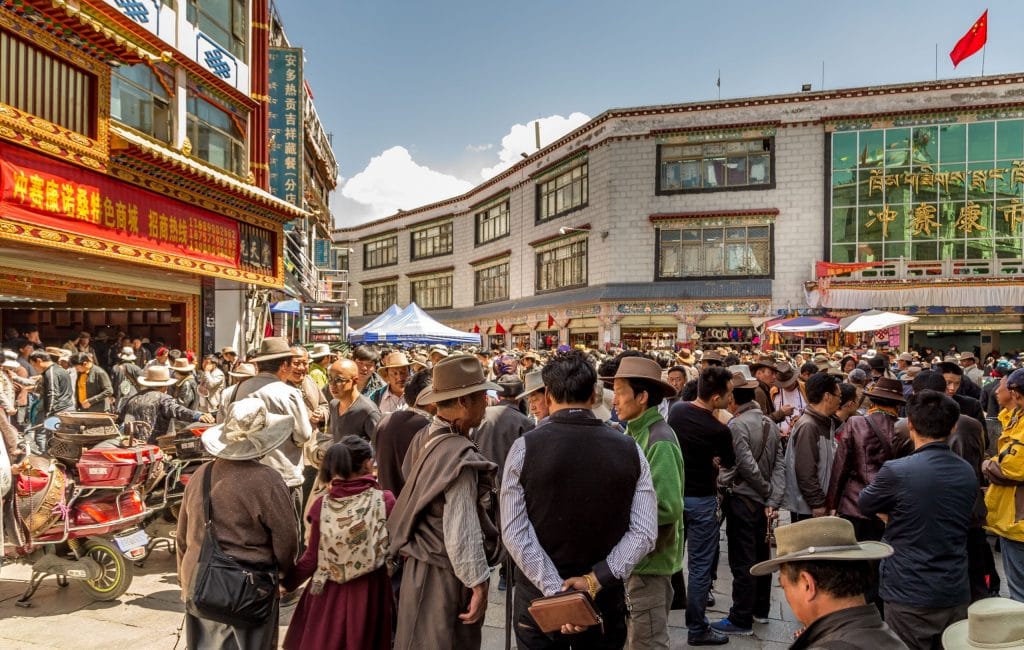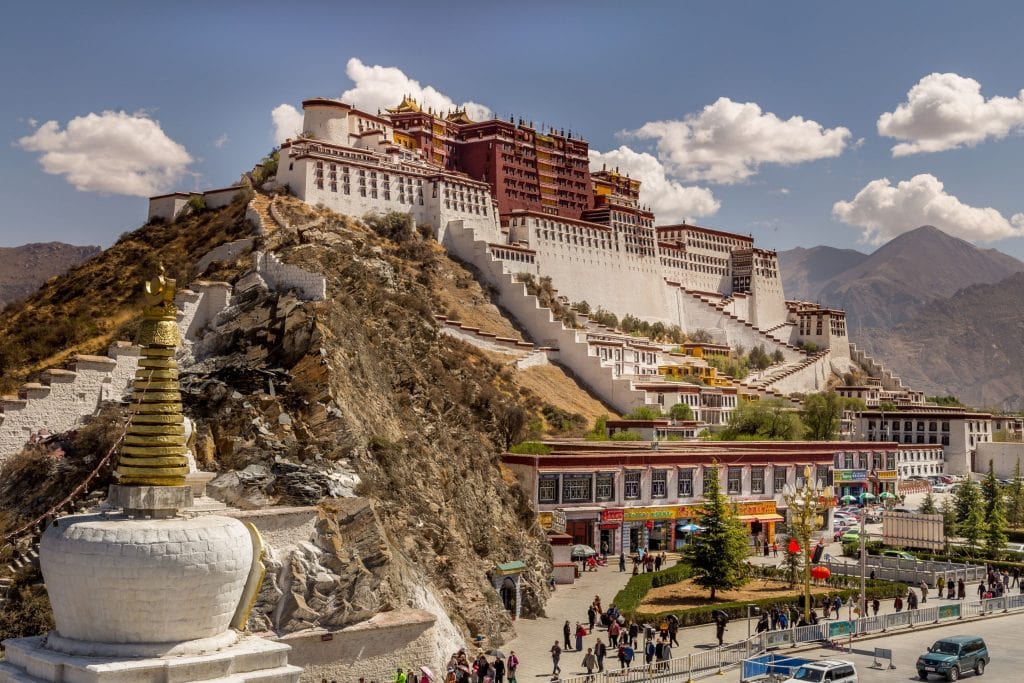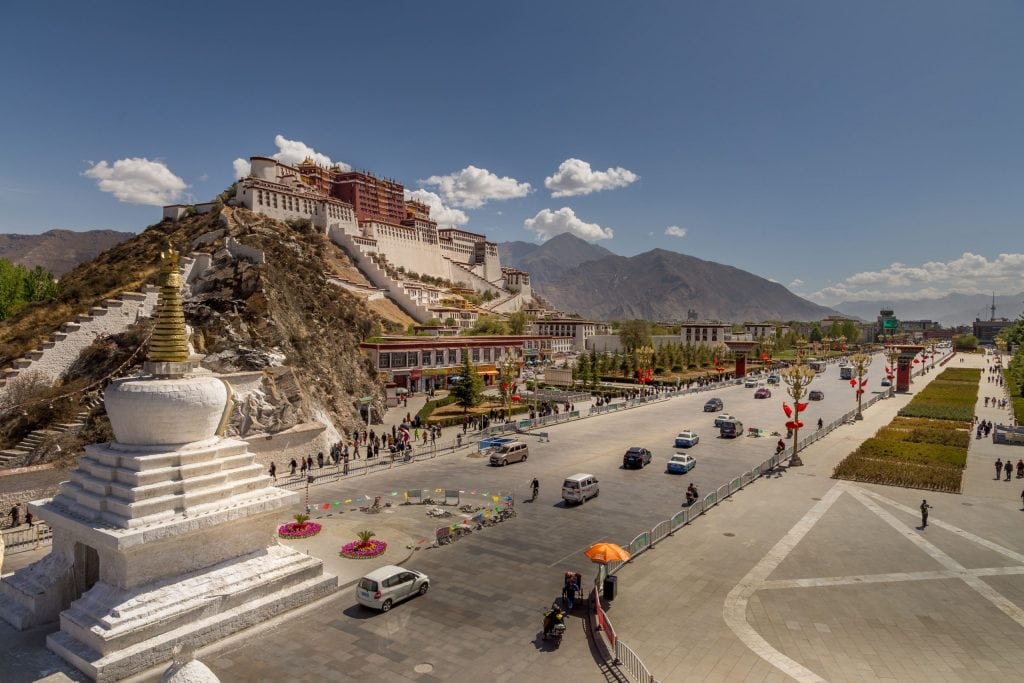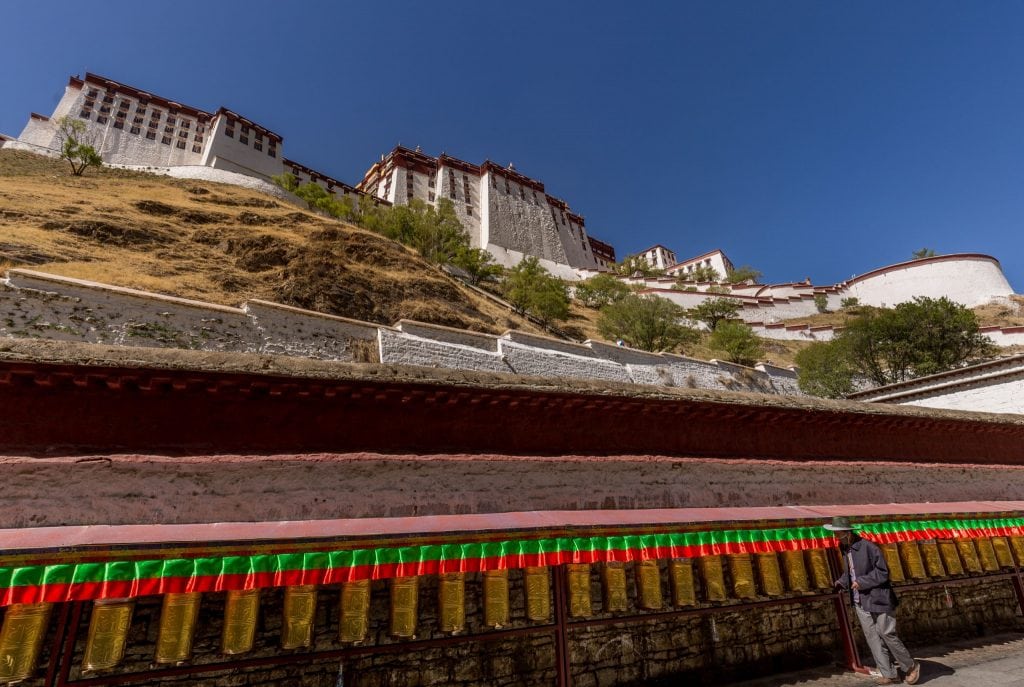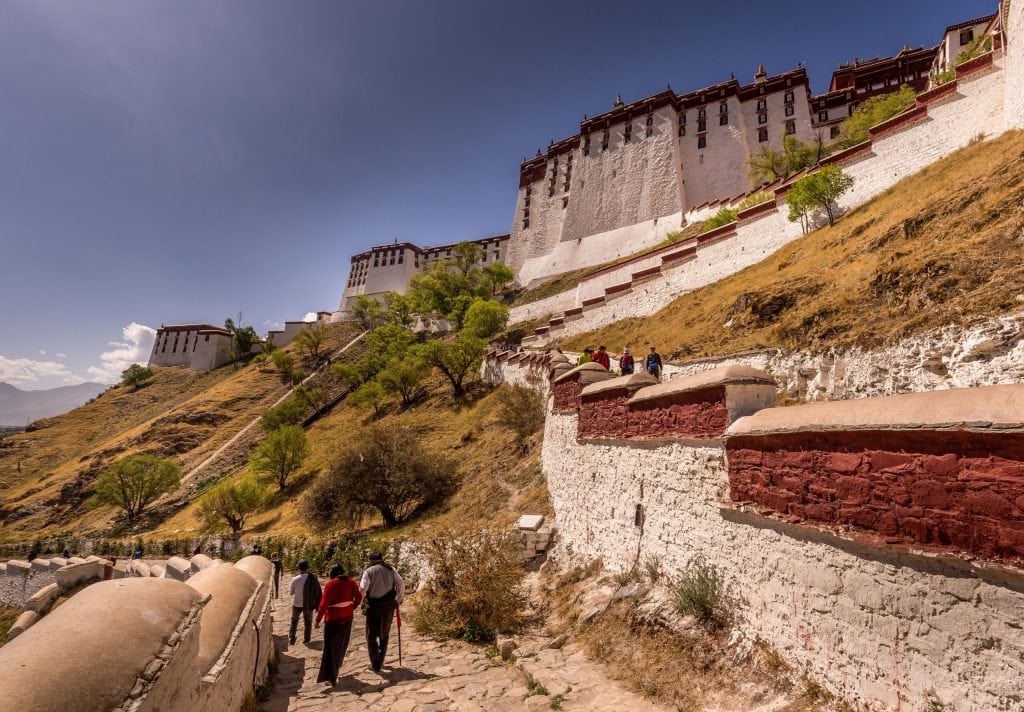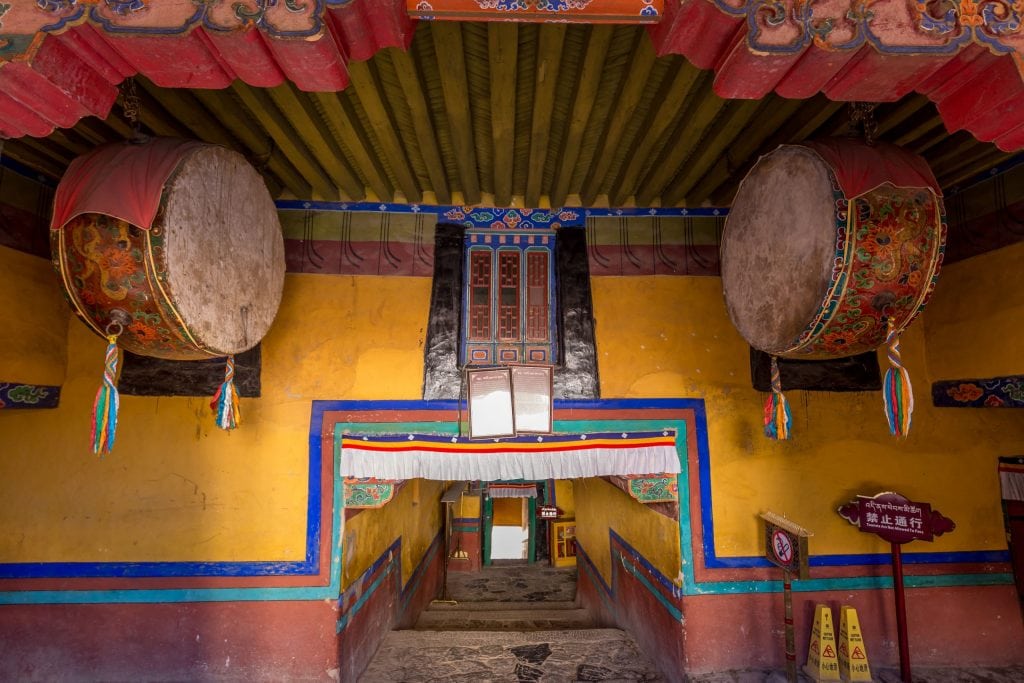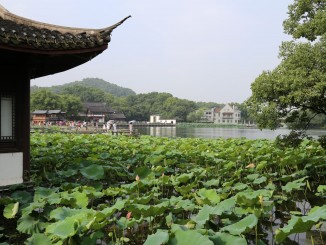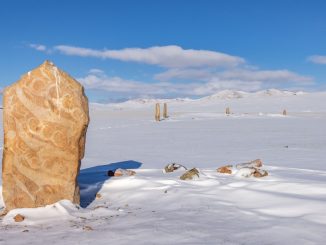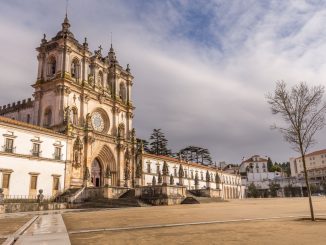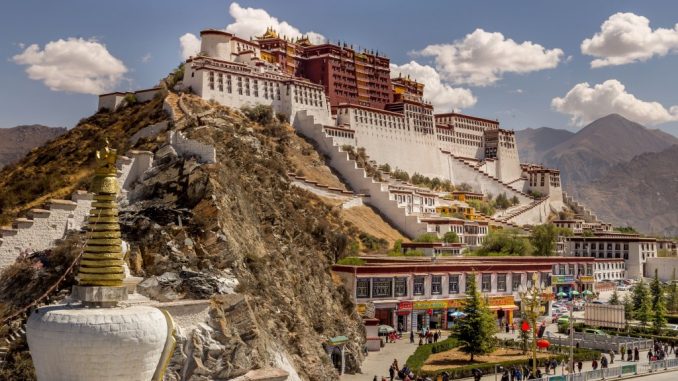
Table of Contents
Tibet is one of those areas where you need to arrange a bit more in advance as for more regular destinations. I will share with you in another article about planning a Tibet trip. It has been my wish a long time to visit and finally I did after there was a nice hotel promotion for the Intercontinental Lhasa Paradise. Now I will show you the Potala Palace and some other places of interest. The Jokhang Temple I already explored on the day of arrival. Enjoy the Potala Palace in Lhasa with me!
Potala Palace visit
The Potala Palace is the icon of Tibet at the rooftop of the world and probably known to most travelers. Let’s start with a short history lesson. The Potala Palace’s construction started in the mid-17th century by the 5th Dalai Lama. It’s built on top of an earlier structure dating back to the 7th century. Just two parts remain of which one is said to be the cave where Songtsan Gampo meditated. The White Palace was built first and used as the seat of the government. It was used as a winter palace for a long time and the Red Palace was added. Unlike many Buddhist monasteries the Potala Palace was not damaged during the uprising and Cultural Revolution. It was declared a UNESCO World Heritage Site in 1994 with the Jokhang Temple added a few years later.
TIBET – 7 days in Lhasa: a Tibet itinerary & practical travel tips
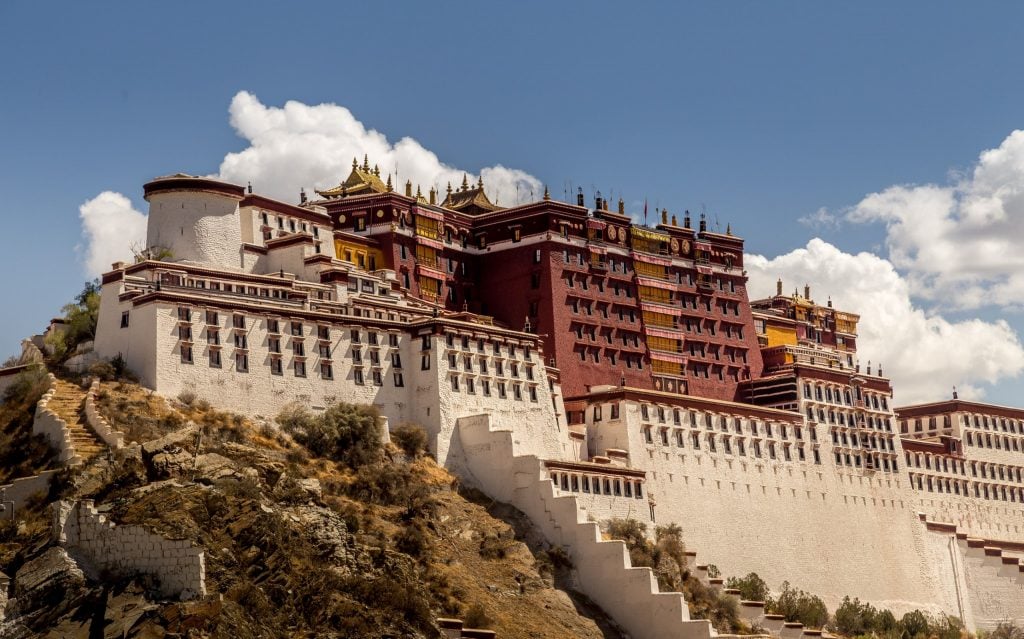
Plan a visit to Potala Palace
The number of visitors allowed in the Potala Palace is strictly limited each day. When I visited there were not that many visitors due to recent earthquakes in Nepal but I recommend arranging a visit in the morning to avoid crowds. Unfortunately photography is not allowed inside and this rule is strictly enforced. The entrance is in the front with a steep ascend to the top. Parts with stairs.
Local Tibetan pilgrims will first make a full round around the Potala Palace spinning the prayer wheels before entering. The White Palace makes up the living quarters of the Dalai Lama and serves various other general purposes. It’s partly open for public. In the middle is a square with yellow buildings which are the quarters of the monks. It gives access to the Red Palace which is the place where prayer and meditation takes place.
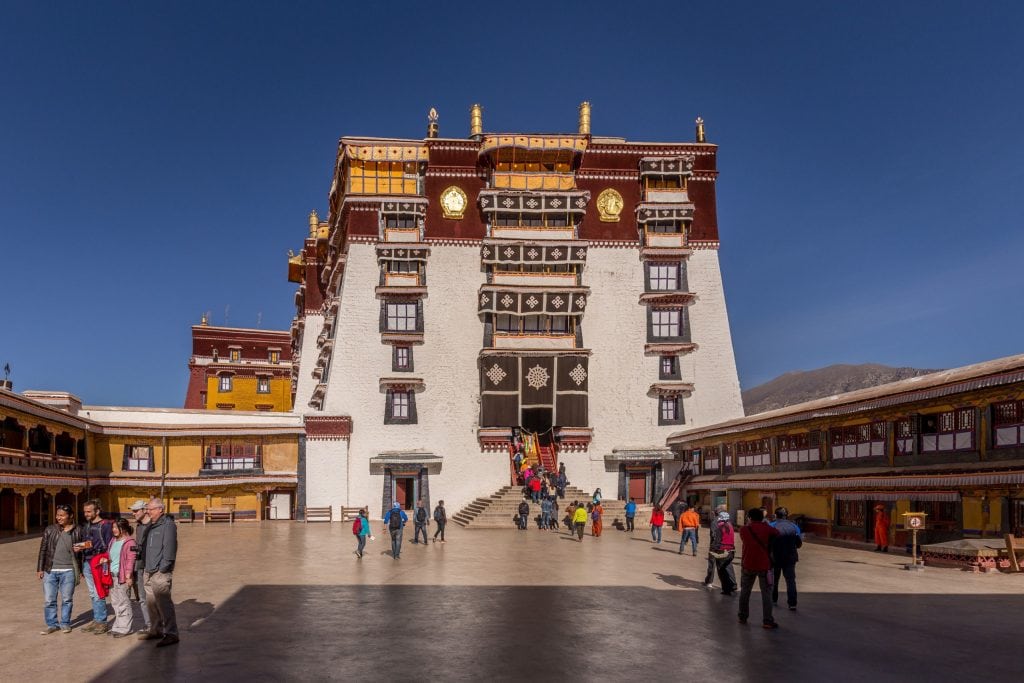
Visiting the Potala Palace: Do’s and Don’ts
The sightseeing route is fully fixed so make sure you see all what you want to see as you will exit from the back. In the Red Palace you can see the shrines of the different Dalai Lama’s. There are different chapels for prayer, an assembly hall for the monks and lots of other artifacts. I was amazed by the details of those artifacts. I must say that even if photography was allowed it was pretty dark inside. I had a short chat with one of the monks but his English wasn’t that good. What I understood was he devoted his live to the study of Buddhism and was privileged to be at the Potala Palace.
As the number of visitors is limited, also the time allowed inside is limited. It takes approximate 90 minutes to go through the various rooms. Make sure you go afterwards to the opposite of the street to make the photo that everyone makes. If you are lucky you can see local brides posing there for their wedding photo album.

Ramoche Monastery
The Ramoche Monastery is located not far from the Jokhang Temple. It’s a beautiful example of a mix between Han Chinese and Tibetan architecture. Both the Ramoche Monastery and the Jokhang Temple contain a gift from King Songtsen Gampo’s wives. I wrote earlier about his wives in the article about the Jokhang Temple. The gift, a Shakyamuni statue, from his Nepalese wife can be seen at the monastery. It’s one of the most important Buddhist artifacts in Tibet. The building has several floors but most of them are restored in the last few decades. Visiting this monastery is of particularly interest to get more into contact with locals. There are fewer tourists and much more pilgrims asking for blessings. If you want you can participate which my son did who joined me this trip.
TIBET – 7 days in Lhasa: a Tibet itinerary & practical travel tips
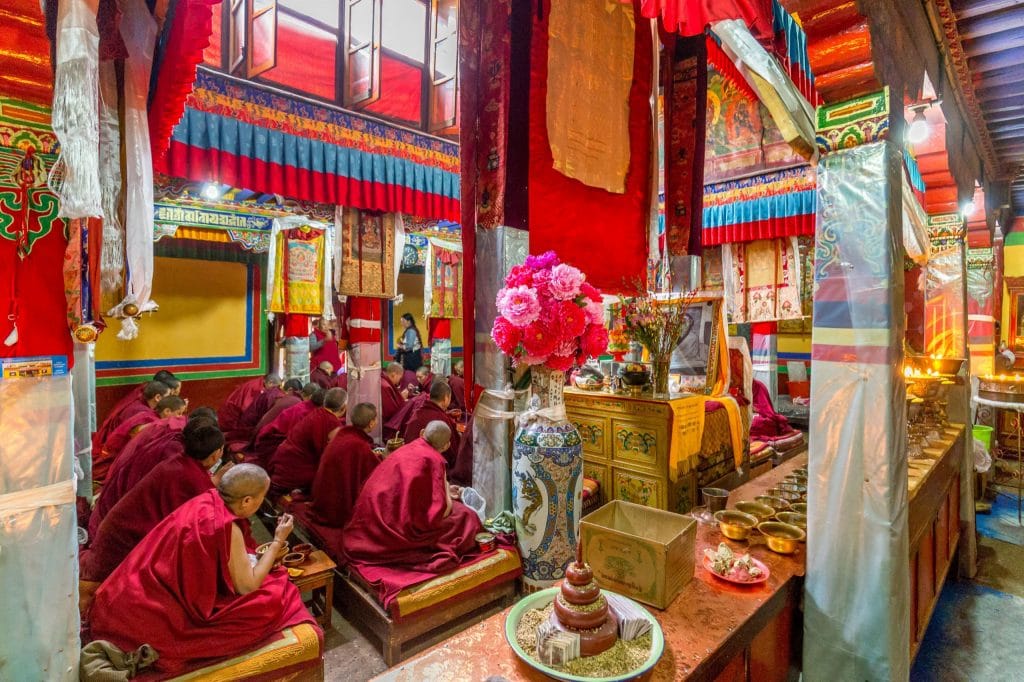
Ani Tsankhung Nunnery
Now it’s time for a late lunch at the Ani Tsankhung Nunnery. The nunnery is a place where women devote their life to Buddhism starting at the age of sixteen. They are poor and depend from alms giving. It’s a good place to buy your souvenirs as you will support the local community. In their courtyard it’s possible to have dumplings and tea for lunch. I took dumplings with a local delicacy as a drink: salted butter milk. Just try it; it’s different than anything else you have had I’m sure. After lunch I visited the nunnery which consists of a small assembly hall, kitchen and prayer hall. Originally built in the 7th century but completely rebuilt after the Cultural Revolution. It’s different as the monasteries and interesting to see how the women live. From here, it’s easy to explore a bit more of the old streets of Lhasa.

The streets of Lhasa
The streets of Lhasa are small streets with shops selling everything from A to Z. At certain points you will see groups of Tibetans trading small items in a traditional way. It’s an interesting spectacle to see. You could buy something from them but I would recommend buying souvenirs at the nunnery or the nearby handicraft center located close to the mosque (Dropenling Handicraft Development Center). The mosque was closed for visitors but it would have been interesting to see it. Interesting shops include the shops that sell the bright yellow butter for burning in the temples. Others sell fresh and dried yak meat. Lhasa is a great town, especially the old core, to wander around and just get lost in the maze of streets. Local people are friendly and will give you a smile.
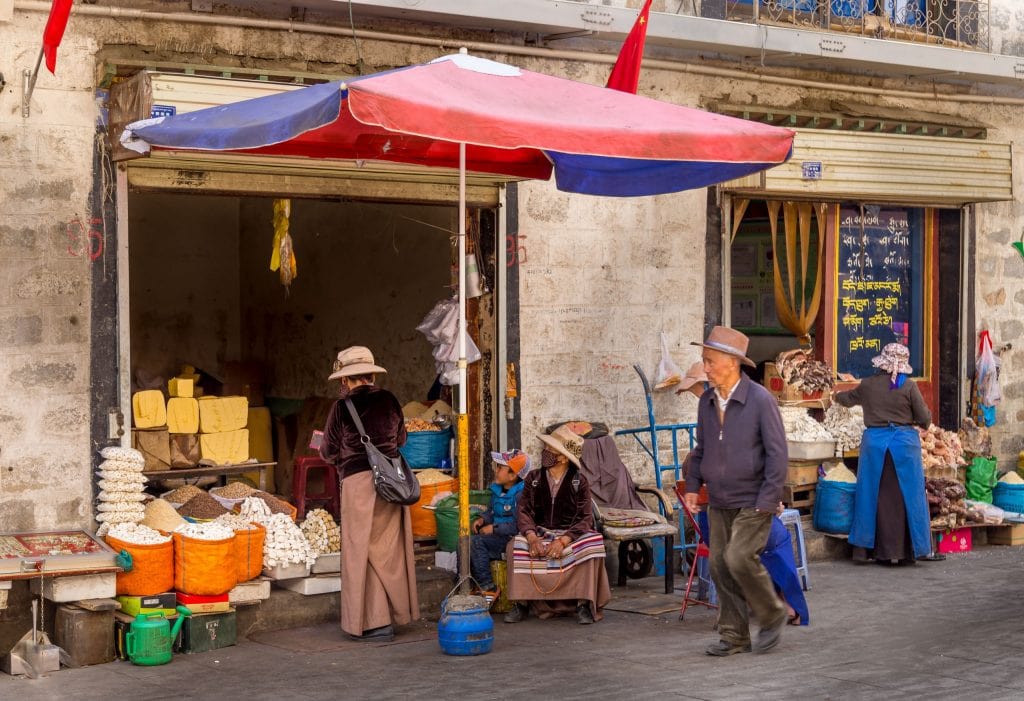
It was the second day of my 10 day trip to Tibet. I was based in Lhasa for the 10 days at the Intercontinental Lhasa Paradise. I did day trips with my son. Read all about my Tibet itinerary and day trips at the roof top of the world. It’s a beautiful and unique destination easily combined with a trip in China. I suggest to combine it with a trip through the Yunnan province. More about getting there and all about visa and permits in another article later including a full 10 day itinerary.
Stay tuned for more stories and subscribe to the newsletter or follow CTB on social media (Facebook, Twitter, Instagram including Instagram stories; on all social media you can find CTB @christravelblog) to get updated information.
Did you visit Potala Palace in Lhasa too or do you have questions? Please leave a comment at the bottom of the page. Love to hear from you!
Gallery Lhasa & Potala Palace
Click an image for a full screen gallery of more photos taken during this trip. If you like to use any photo for commercial, private or editorial use please contact first for permission and/or pricing.


